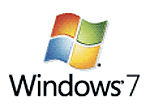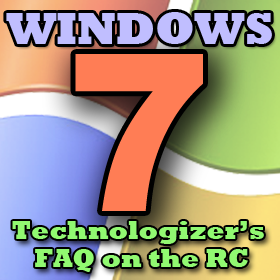 Paul Thurrott had it right: Microsoft has decided to lift the three-apps-at-a-time limitation from Windows 7 Starter Edition, the low-cost, low-end version of the OS which will likely show up on a lot of netbooks beginning this fall.
Paul Thurrott had it right: Microsoft has decided to lift the three-apps-at-a-time limitation from Windows 7 Starter Edition, the low-cost, low-end version of the OS which will likely show up on a lot of netbooks beginning this fall.
The company announced the change in plans at the Windows 7 Team Blog, in a post that also detailed remaining limitations of Starter Edition, among them its lack of Aero effects, custom wallpaper (!), Taskbar previews, Fast User Switching, Media Center features, and DVD playback. It also tries to dissuade folks from associating Starter Edition and netbooks too closely:
As we continue to say since we announced the Windows 7 editions in February, all editions of Windows 7 have been optimized to run on the broadest range of hardware ranging from small notebook PCs all the way up to high end gaming machines. Windows 7 Starter should not be considered “the netbook SKU” as most machines in this category can run any edition of Windows 7. Many of our beta users have installed Windows 7 Ultimate on their small notebook PCs and have given us very positive feedback on their experience.
The post’s right that netbooks can run beefier versions of Windows 7–actually, I’m typing these very words on an Asus Eee PC 1000HE that’s working just fine with Windows 7 Ultimate. But it remains to be seen just how many netbooks will ship with anything other other than Starter given the price competition in the category (which is fierce) and the additional cost to bundle higher-end versions of Windows (which will be substantial). Starter Edition exists only because Microsoft would otherwise have to cede the low-end netbook market to Linux; it’s a version of Windows that Microsoft is releasing only because it doesn’t have much choice.
So if you’re thinking about buying a Windows 7 netbook, would you opt for Starter, or would you be willing to pay extra bucks for Windows 7 Home Premium or another more full-featured edition?

 Windows 7 is here–sort of. Yes, Microsoft still isn’t talking about when it’ll ship the final version–
Windows 7 is here–sort of. Yes, Microsoft still isn’t talking about when it’ll ship the final version– Wasting no time, Microsoft appears set to stop sales of Vista as soon as Windows 7 ships. Official support from the company would be provided through April 2012, however.
Wasting no time, Microsoft appears set to stop sales of Vista as soon as Windows 7 ships. Official support from the company would be provided through April 2012, however.